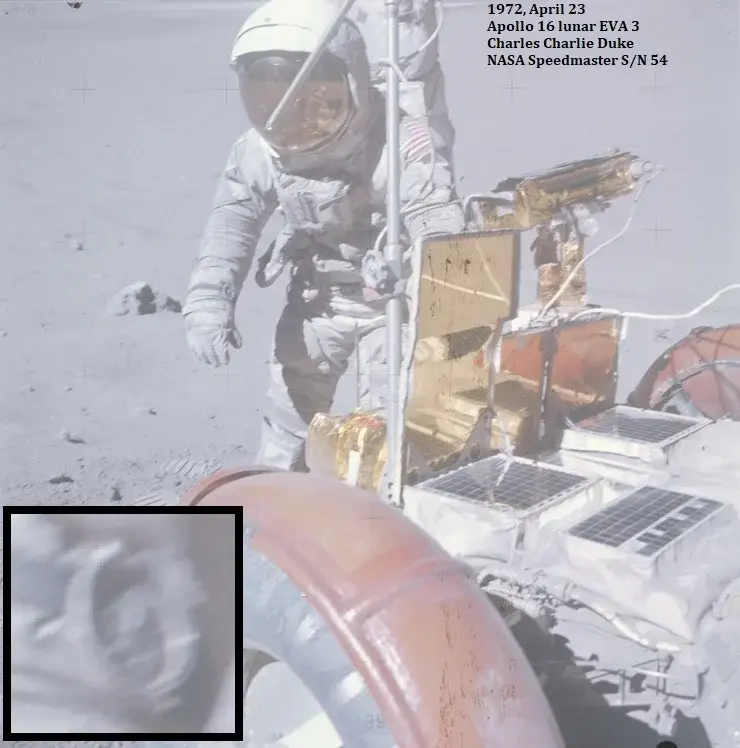- Posts
- 10
- Likes
- 9
Geoffreylma
·If saturation divers need HEVs to keep the pressure differential of He inside a watch from popping off the crystal during decompression, how did the space worn speedmasters not pop their crystals during decompression when walking the moon or floating about on orbit in vacuum of space?
Is this where the reduced water resistance of a speedy is a benefit by leaking enough to prevent this from happening?
Is this where the reduced water resistance of a speedy is a benefit by leaking enough to prevent this from happening?
